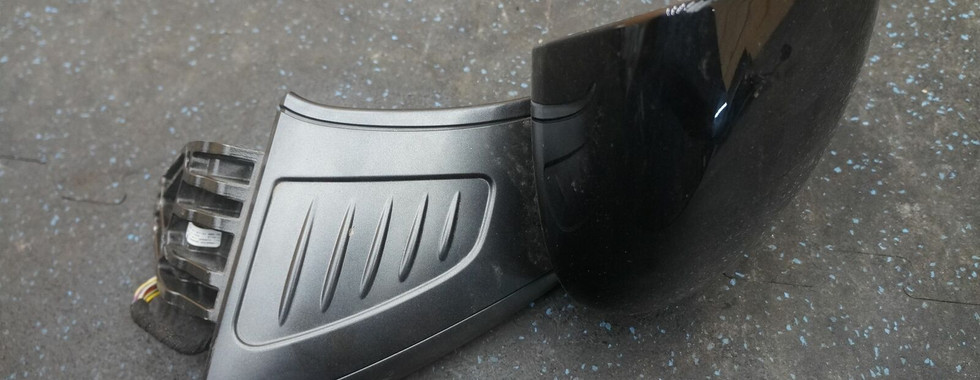Biomimetics
- Jahee Campbell-Brennan

- Sep 8, 2020
- 2 min read
Updated: Sep 9, 2020
Biomimetics..
"The emulation of the models, systems, and elements of nature for the purpose of solving complex human problems."
It's something i've always been aware of even before my education. Nature's engineering is all around us and whether you believe in creation or evolution, it has been optimised over the millions of years leading to today by physics and the driving forces of life. We'd be foolish to think we could do better.
The field has been growing quite rapidly in recent times as our technology has allowed us to study nature in more detail, like myself - scientists and engineers have been drawn into the subject in awe for the inspiration it can provide their work. Structures, mechanisms, materials, aerodynamics, fluid dynamics. The most elegant and beautiful solutions are all around us in every day life.
I guess this article has been partly inspired by my recent exploration into the world of design, which allowed me to revisit the concept of the golden ratio or natural law of proportions. This opens up a whole new world of fascination for me. Relating to design, it's crucial to ask ourselves the question "Is nature ever not beautiful?". The fact that this ratio finds its way into so much of nature is pretty relevant to design, you'd be foolish to ignore it.
As an engineer, the thought of incorporating both Biomimicry and natural laws & mathematical relationships into my work is pretty exciting and as i progress with projects, you'll be seeing it..

Anyway, today i want to highlight a specific example of where looking to nature’s engineering solutions has proved successful; with a problem presenting itself during the design phase of the McLaren 12C.
The arm connecting a wing mirror to the body potentially has quite an impact into aerodynamics. It can induce turbulence in downstream flow heading towards the rear wing and air intakes. Furthermore it can introduce a certain level of wind noise as the wind excites the structure. This was the issue with the MP4-12C
Designers looked to high speed fish to observe how nature handled similar situations where it was important to keep flow laminar and attached over surfaces at high speeds. Where it’s also necessary to ensure the wake is not overly turbulent and energised. The result was inspiration from Sailfish and Marlin, which use ‘strakes’ to achieve the above at the intersection of its tail with the tail fin, as you can see in pictures.
Applied to the wing mirror arm, it apparently 100% fixed the issue with wind noise, these strakes made it into production.
Without seeing any CFD, my theory is that they control the boundary layer of air over the arm more effectively, preventing 'spanwise' flow and keeping everything more laminar
This is in essence, biomimetics or biomimicry. Here we have an example that just scratches the surface into what is a really exciting field. The list is endless; from vibration absorbing structures and self-healing materials to self cleaning materials inspired by Gecko feet.
I’ve always worked with biomimetics in mind, so i’m watching closely!
Recources:
There's a really great website on the subject of Biomimetics, nature and engineering solutions here @ AskNature
And the institute of biomimicry's website is here @ biomimicry.org
Be inspired!

![Wavey Dynamics Logo #2 [Dark, Transparent].png](https://static.wixstatic.com/media/67d9bf_65249c4015a14615b48d0aca40b0a4b0~mv2.png/v1/fill/w_269,h_67,al_c,q_85,usm_0.66_1.00_0.01,enc_avif,quality_auto/Wavey%20Dynamics%20Logo%20%232%20%5BDark%2C%20Transparent%5D.png)














Comments